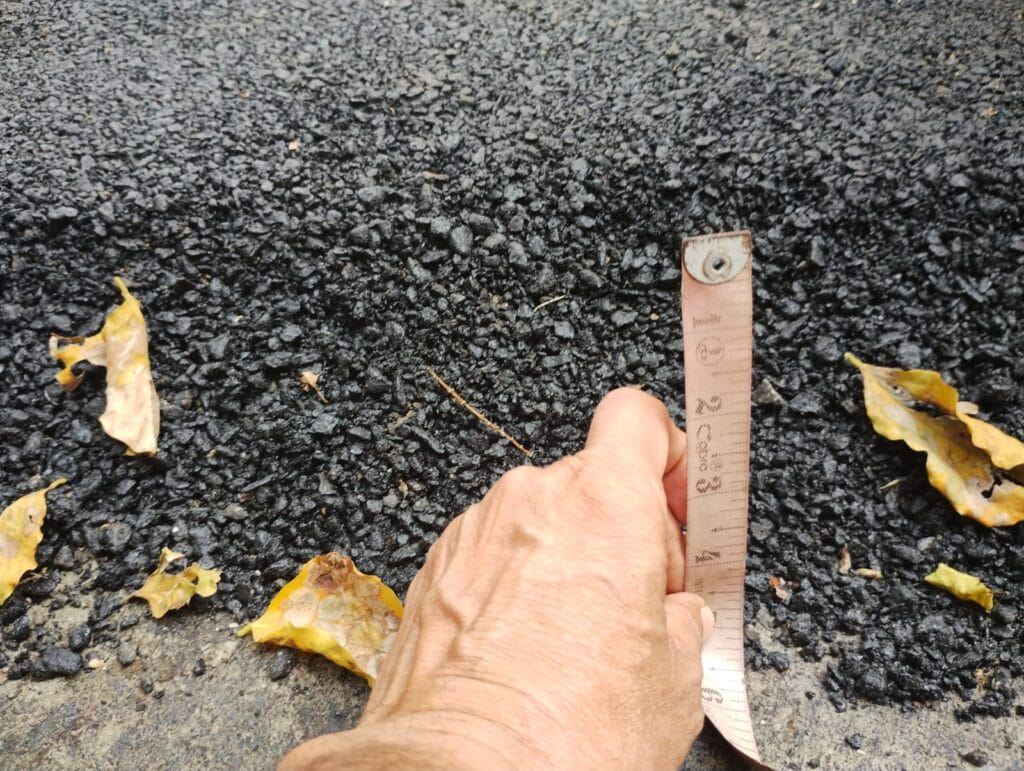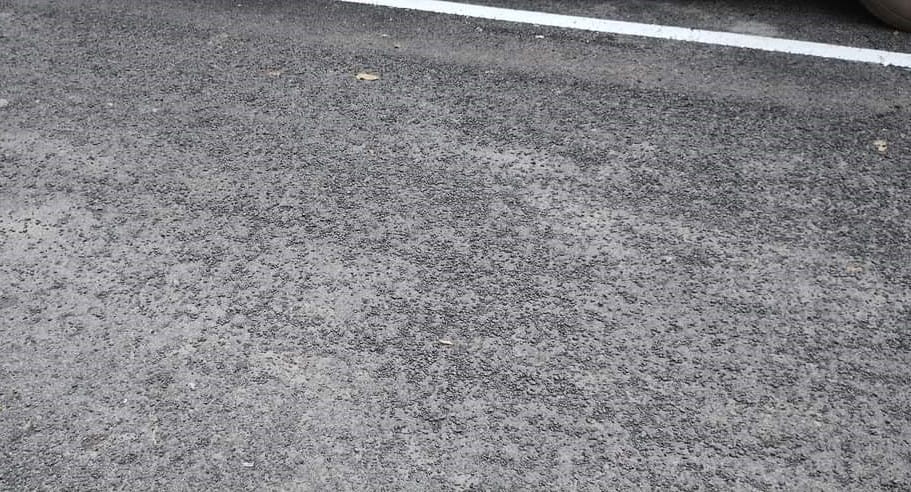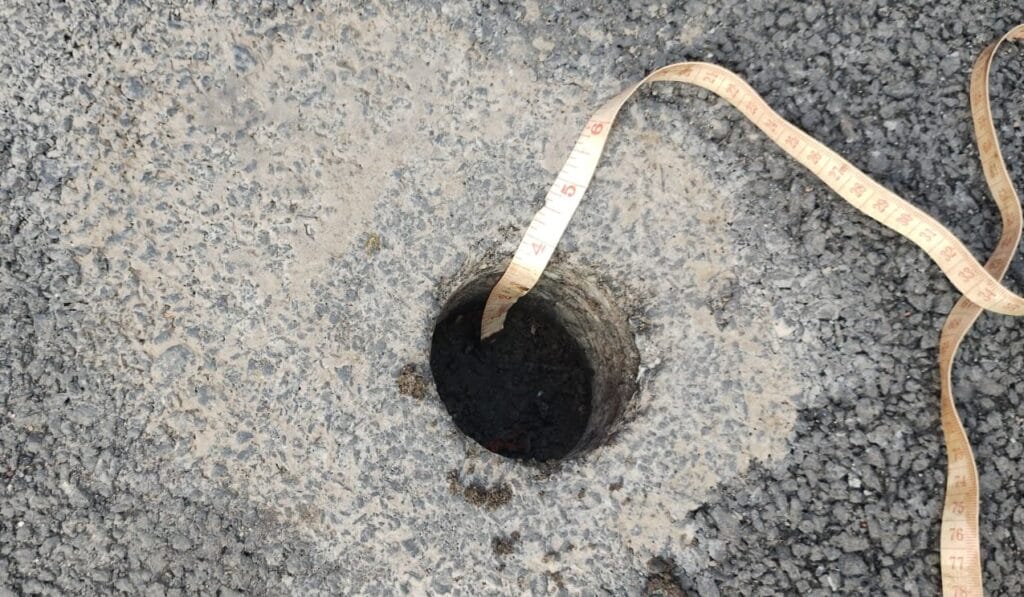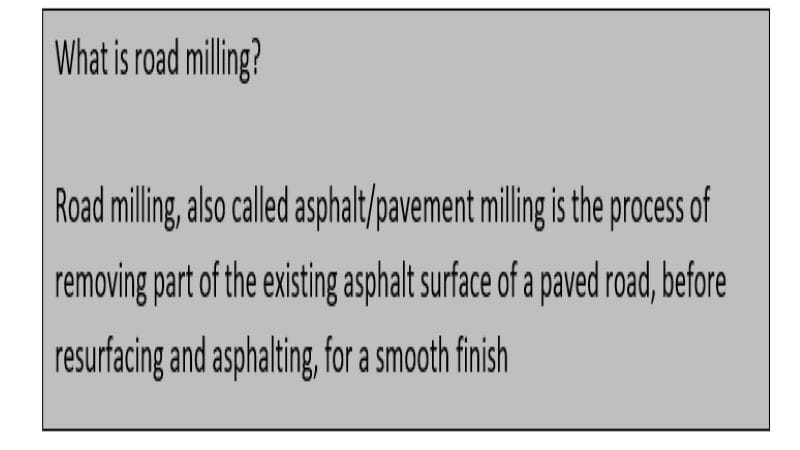We have been witnessing the impact of climate change over the last few years. Flooding, inundation and subsequent power cuts have become routine during every monsoon. The poor road infrastructure makes matters worse for residents already grappling with the problems brought on by floods. Over a decade ago, the State government made milling a mandatory requirement for every road that is being resurfaced in Chennai. However, none of the contractors or local officials adhere to the specifications laid down by the Indian Road Congress.
Proper gradient and camber are not being maintained while resurfacing the roads and the height of roads has increased significantly at several locations. This causes inundation of homes when there is heavy rain, as seen during the recent cyclone.
The Greater Chennai Corporation (GCC) recently announced a massive drive to relay roads across the city. Civic authorities have been actively sharing information on social media about the ongoing road works. On the ground, the reality is a little different. In the series — Bumpy Roads Ahead, our articles will look into issues around inadequate road infrastructure; waterlogging caused by unscientific road engineering and also focus on solutions for better roads.
In the first part of the series, a citizen journalist writes how the shoddy resurfacing of roads in Perambur is a source of unending woes for residents of the locality, as it causes waterlogging and stagnation of rainwater.
Where will the water go?

Until a few decades ago, Chennai did not have stormwater facilities on all the streets. Waterlogging in different neighbourhoods was significantly less than what we see these days. As long as the gradient of the roads was maintained properly, the floodwaters used to drain from high-lying regions into the low-lying areas of the city and find their way through the natural canals to the existing stormwater drains.
Earlier, the flood water from the interior areas of Perambur used to drain through the streets to Perambur High Road North Side and find its way through the Storm Water Canal as well as the natural waterways to reach the Otteri Nallah or Buckingham Canal. The height of the arterial bus route road has increased significantly between Venkatraman Canal Street and Kumaraswamy Street on one side, and BB Road on the other side.
Similarly, the height of Madhavaram High Road and MPM Street have also increased due to improper milling. With roads on all four sides gaining height, a man-made water body is created within the residential neighbourhoods during monsoon season.
Read more: Why road milling calls for active involvement of Chennai citizens
In the name of development successive governments have ruined the existing basic infrastructure in the city beyond repair. The widespread inundation that we are getting to witness during the monsoon these days is nothing but a man-made disaster.
Substandard quality of roads
Here is what we witnessed in our immediate neighbourhoods over the past several weeks:
Anandavelu Street, Ramachandran Street, Srinivasan Street and Rajeswari Street in Ward 71, Zone 6 were taken up for restoration before the onset of the monsoon. The milling was not done per the guidelines on all these streets. While 40mm milling was specified, the contractors had milled the roads in a very shoddy manner. The milling was not uniform and varied between 10mm to 25mm across the streets.
The Madras High Court, TN Chief Secretary and Chief Minister have issued orders that 40mm of all roads have to be milled and resurfaced proportionately to ensure the existing height of the road is maintained.
The civic workers used Wet Mix to fill up the deep craters on the road, which was later topped up with 35–40mm of Bituminous Macadam (BM) before the rains started. The BM used was of substandard quality and the gravel started coming off just a day after the road was laid. We contacted the local officials and sought their explanation.
The local Assistant Engineer, who had recently assumed office, promised to look into the matter. However, the monsoon arrived across Tamil Nadu and there was large-scale inundation in several streets across our ward. After the first spell of heavy rains, the BM topping was fully battered and the loose gravel posed a risk to commuters and pedestrians. We escalated the issue through social media and mainstream publications to draw the attention of the higher authorities immediately.

To cover up the mess that they had created, the contractors applied a layer of Bituminous Concrete (BC) over the BM-topped road. This was done in a hurry in the wee hours without any advance notice. While resurfacing the road, the contractors increased the height of the road by a few inches.
A few vigilant residents in the locality decided to intervene and asked the contractors not to increase the height of the road. The contract supervisor asked the residents to address their grievances to local officials. Since no local official was available when the work was being done, the residents were helpless.
A day after the road work was completed, we noticed the fine aggregate coming apart once again in Srinivasan Street. The loose gravel was seen all over the street and the contractors had deployed a few sweepers to clear it. I noticed a few officials from the GCC, who were taking measurements and interacted with them to ascertain why the quality of the road was so bad.
I was informed that the viscosity and quality of the BC used could be substandard, the temperature of the hot mix may not have been maintained properly or the road was not compacted/rolled as per the norms. Members of the Perambur Neighborhood Development Forum brought the issue to the notice of the GCC through social media.
Instead of addressing the core issue that we had highlighted, the contractors have chosen to top up the street with an additional layer of Bituminous Concrete. In other words, we expected they would mill the road again and fix the issue properly.
Here is how the contractors have unscientifically asphalted the road and raised its height:
| Milling | 20 to 25mm |
| Wet Mix | + 25 to 30mm |
| BM | + 35 to 40mm |
| BC 1st layer | + 35 to 40mm |
| BC 2nd layer | + 35 to 40mm |
| Increase in road height | Approximately 100 to 125mm |
Need for citizen vigilance

The Quality Audit team of the GCC has recently dug up small circular pits in two separate locations on Ramachandran Street — while one pit is 4.5 inches, the other is only 2.5 inches deep. We are not sure if the officials from the Quality Audit department are recording accurate details and presenting them to the higher officials. If they have recorded the correct details, residents of the area would like to know what action has been taken to address the issue of increase in road height, which we have brought to the notice of authorities.
Read more: Explainer: How are roads in Chennai laid?
A few years ago, I conducted a citizen’s audit on road works on behalf of the voluntary organisation, Arappor Iyakkam along with two other volunteers in a residential neighbourhood in Villivakkam.
The problem was the same — road contractors had increased the height of the streets while resurfacing. The vigilant residents of the locality sought our help in escalating the matter to GCC officials. The road laying works were stalled in the middle of the night and the issue was also escalated. We had reported our experiences through the social media.
During this time, we managed to get the Chief Engineer to intervene and after taking the residents into confidence, the entire road was milled and asphalted once again. Similarly, when Venkatraman Street and Venkatraman Canal Street in Ward 71, Zone 6 were taken up for restoration, I engaged with the contractors and local officials to ensure milling and resurfacing were done as per the guidelines issued by the government.
Civic engagement is the key to resolving all the issues we face when we step out of our homes. As a civic forum, we are doing all it takes to spread awareness amongst people. The residents, (especially property owners) must come forward and engage closely with the authorities to protect their homes from inundation, going forward.
